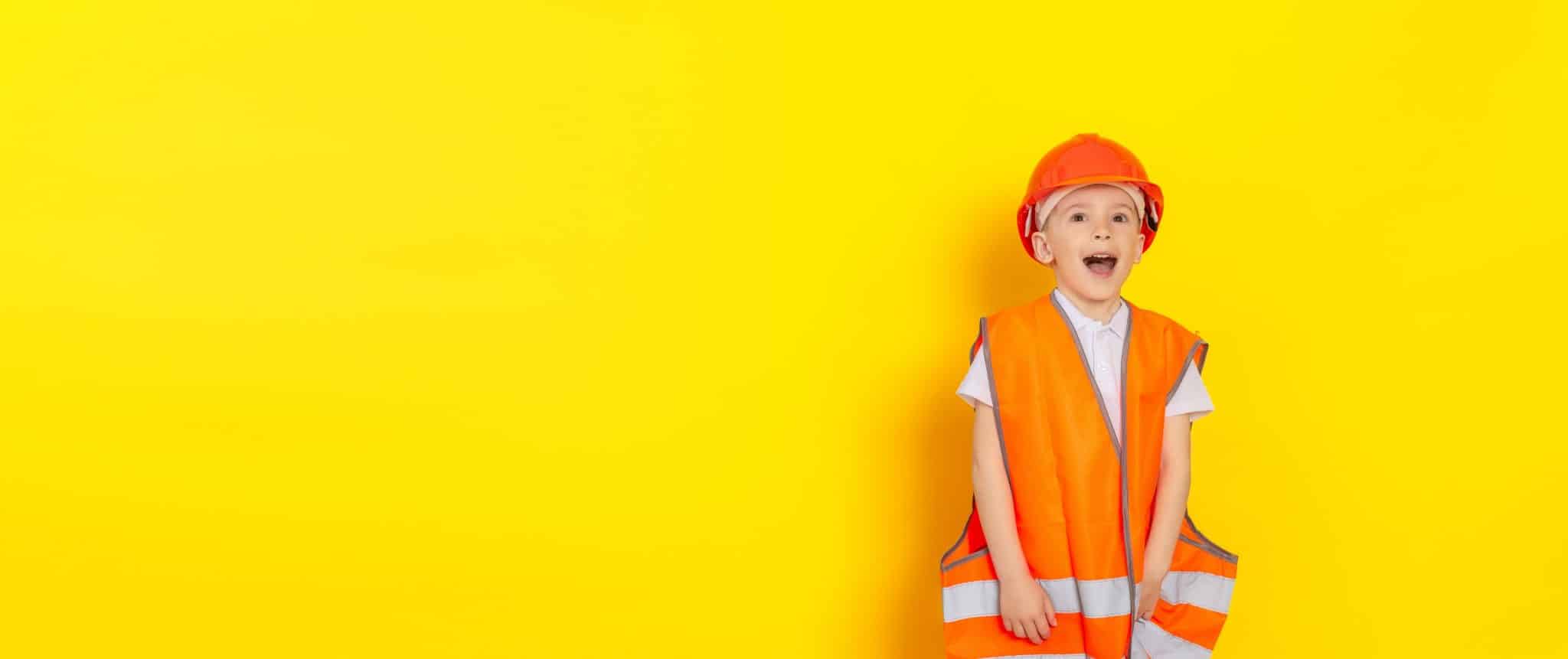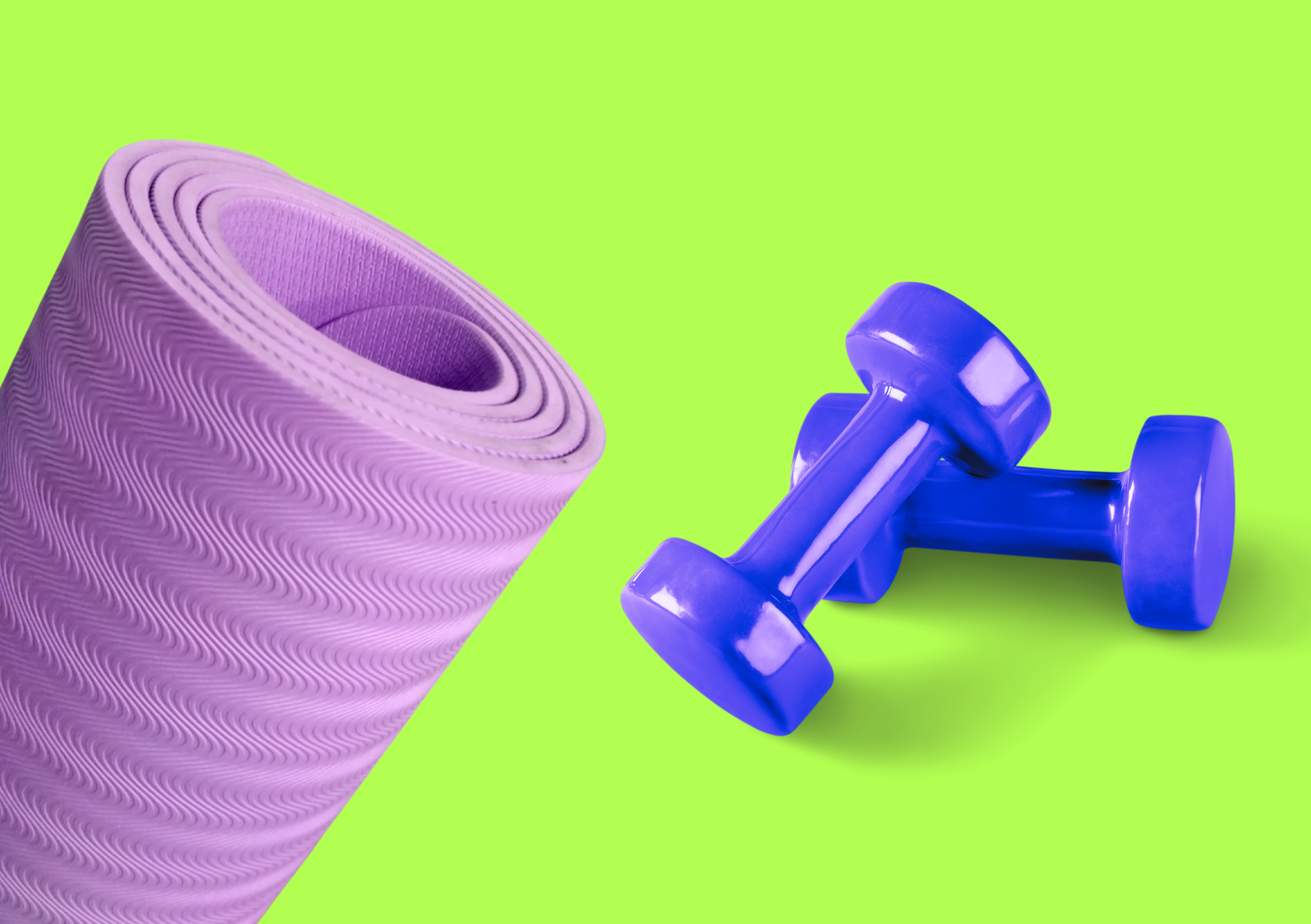There are multiple reasons why schools invest in a new laser cutter. The two most common motivations tend to be the curriculum has changed and therefore more up to date equipment is needed to fulfil qualification requirements set by the exam boards, or simply the existing laser cutter has finally packed in!
There are a number of things you should consider when reviewing which laser cutter is right for your school.
Here’s a step-by-step guide to help you through the selection process:
What materials will you be using with the laser cutter?
Whether you’ll be using wood, plastics, fabrics, paper or all of the above, you’ll need to note down the thickness of the materials to ensure your new laser cutter is compatible.
For futureproofing reasons it’s worth selecting a machine that can cut and engrave several different materials in case you expand your use at a later date.
What software do you want to use for your designs?
Most schools tend to keep it simple and stick to what they know – commonly 2D design software. Many alternative software packages with different features and capabilities are available, but may then require further investment, training and file type conversions from ‘.DWF’ etc. We therefore recommend individual requirements should be discussed with suppliers.
What size laser cutter do you need?
Some schools have very limited space therefore the size of the laser is dependent on its location within the classroom so it’s important to make your supplier aware on what space you have available to prevent any issues with the installation. There’s also the grid bed to consider taking into account the size of the materials your students will be working with.
Access can be an issue, getting machinery upstairs and particularly through doorways. Some manufacturers specifically design their machines so they can easily be split and separated in half to fit through standard doorways.

What power does your laser cutter require?
In short, it depends on what materials you’ll be working with. Ensure your supplier is aware of what you’ll be using the laser cutter for and it’s their job to make sure it’s powerful enough to do the job. However, higher power is not always best, as lasers can be over powered. A good supplier will be able to recommend the correct power for your specific application and material needs.
Does your laser cutter need a glass or metal tube?
Glass or metal tube laser machines are available. Glass tubes are very commonly used, require water cooling, are cost effective and spare parts are readily available if required. Most glass laser tubes cost in the range £250 to £500 to replace and are typically rated for a life of 3,000 working hours. Metal tube lasers can be air cooled and will generally be rated for a longer working life but are typically ten times the cost of glass tubes.
How will you extract fumes produced?
If you’re replacing an existing laser cutter, the chances are you have an extraction system in place. If you do, and you’d like to continue using it, let your supplier have the details and photographs of your extraction solution to check if it would be compatible with a new machine. Some laser cutters can extract into the atmosphere which means that the hose on the back of the laser machine would vent to the outside world. Make sure you discuss your options thoroughly with your supplier to ensure your students are going to be kept safe in the classroom.
What warranty and servicing does the laser cutter come with?
A lot of laser machine come with a 12-month warranty as standard with options to increase it to up to around 36 months dependent on the supplier. The warranty should be onsite as it would take some effort to send a super heavy machine back to the supplier. Machine ‘services’ are separate to warranties and if you’d like your machine to be maintained, you should discuss this with your supplier and explain your expectations. Availability of spare parts should be considered – does the supplier hold ample, UK based parts in case of the need for spares or repairs?
Something else to consider before order your new laser machine is how you’re going to use your budget for it. If you’d rather spread the cost of the laser machine so you could also invest in other design and technology equipment, your school could have a new laser cutter, 3D printer, bandsaw and other workshop equipment this school year! It’s worth exploring before making your final decision on how you’re going to achieve your objective.
Need help selecting which supplier to order from? Click here for things to consider when choosing your laser cutter supplier.








